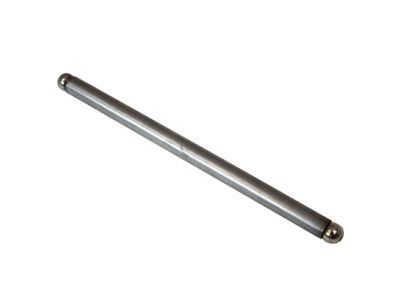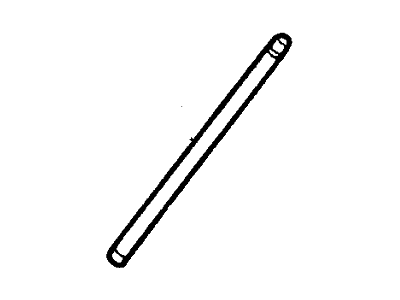FordParts
My Garage
My Account
Cart
OEM 2005 Ford Ranger Pushrod
Valve Push Rod- Select Vehicle by Model
- Select Vehicle by VIN
Select Vehicle by Model
orMake
Model
Year
Select Vehicle by VIN
For the most accurate results, select vehicle by your VIN (Vehicle Identification Number).
1 Pushrod found

2005 Ford Ranger Push Rods Part Number: F6DZ-6565-AA
$3.87 MSRP: $5.98You Save: $2.11 (36%)Ships in 1-3 Business DaysProduct Specifications- Other Name: Rod - Valve Push; Pushrod
- Manufacturer Note: 12V
- Base No.: 6565
- Item Weight: 0.30 Pounds
- Condition: New
- Fitment Type: Direct Replacement
- Require Quantity: 12
- SKU: F6DZ-6565-AA
- Warranty: This genuine part is guaranteed by Ford's factory warranty.
2005 Ford Ranger Pushrod
If you're seeking quality and affordability, look no further than our extensive inventory of genuine 2005 Ford Ranger Pushrod available at FordPartsDeal.com. You can confidently purchase our OEM 2005 Ford Ranger Pushrod as they are supported by the manufacturer's warranty and our hassle-free return policy, alongside the benefit of our fast delivery service.
2005 Ford Ranger Pushrod Parts Q&A
- Q: How to Service and Repair Pushrods on 2005 Ford Ranger?A: First wash the push rod and clear its oil passage with compressed air after soaking it in appropriate fluid. The examination of push rod endings will reveal nicks as well as grooves and rough surfaces or appreciable wear. In this case you need to replace the push rods with new ones. Inspection of push rods happens either by rotating them with the valve closed or through a Dial Indicator with Bracketry for precise measurement while they are installed in the engine. The replacement of an affected push rod with a new component becomes necessary when the specifications show its bending exceeds recommended measurements.













